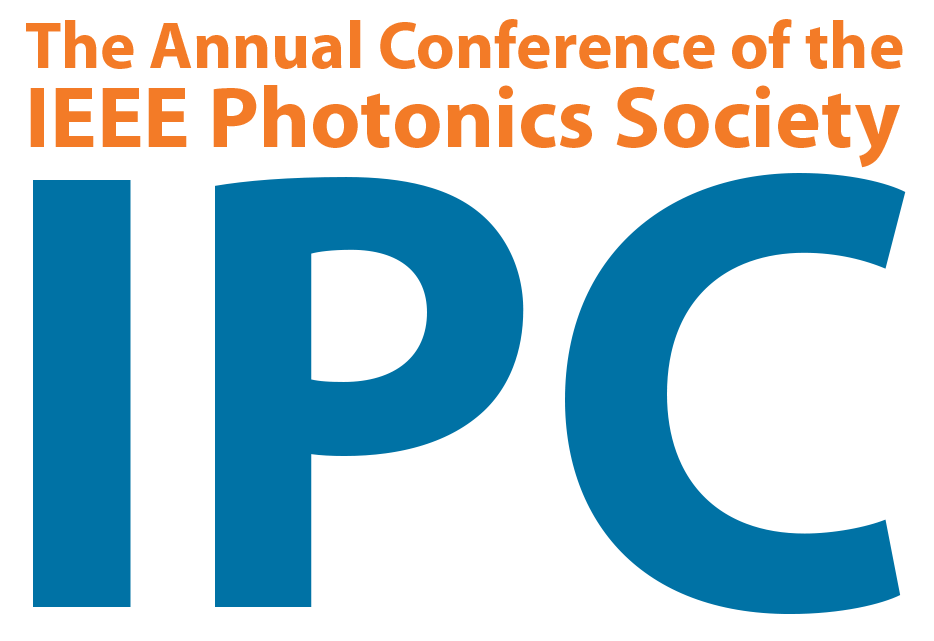Sunday Program
Sunday Program
13 November • 8:30am-8:30pm PST
Regency B
Canadian Photonics Research, Past, Present, and Future
To kick-off the conference week, the IEEE Photonics Society has year-over-year put together an innovative and comprehensive Sunday Program to introduce new forums and panels to the IEEE Photonics Conference. Below is the list of this year’s program, which focuses on Canadian Photonics Research.
Perspectives on Photonic Research
8:30 am-10:00 am
Speakers:
Robert Boyd, University of Ottawa
Jens Schmid, National Research Council
Joyce Poon, Max Planck Institute of Microstructure Physics and University of Toronto
10:00am-10:30am: Break
Centers of Photonics Research
10:30 am-12:30 pm
Speakers
Leslie Rusch, COPL – Laval University
Lukas Chrostowski, University of British Columbia
David Plant, McGill University
Odile Liboiron-Ladouceur, McGill University
Jacques Albert, Carleton University
12:30-1:30pm: Lunch (on your own)
Quantum Research
1:30 pm-3:00 pm
Speakers:
Roberto Morandotti, Institut National De Recherche Scientifique
Paul Barclay, University Calgary
Michael Reimer, University of Waterloo, Institute for Quantum Computing
Inverse Design
3:15 pm – 6:15 pm
3:15pm-4:00pm
Organizers:
Jens Niegemann and Taylor Robertson, Ansys Lumerical
Abstract: Scaling up the complexity of photonic devices, especially photonic integrated circuits (PICs), requires individual components to become more compact, more efficient and more tolerant against manufacturing defects. Inverse design methods are a novel solution that allow the designer to directly specify performance targets and manufacturing constraints. The method can then automatically find optimal structures that fulfill the specified criteria. Here, we will give a brief introduction to the adjoint method, we will discuss the difference between parametric and topology optimization and conclude with a few application examples.
Speakers:
3:15pm – 4:00pm
“Introduction to Photonic Inverse Design”
Jens Niegemann, Ansys Lumerical
4:00pm – 4:45pm
“Nonlinear Dimensionality Reduction in Photonic Components Design”
Yuri Grinberg, National Research Council Canada
Abstract: Photonic components design increasingly relies on various optimization and machine learning techniques. Previously, we have demonstrated the benefits of linear dimensionality reduction in identifying the useful part of the design space. Our recent progress on leveraging nonlinear methods in photonic design problems is presented.
4:45pm – 6:15pm
Hands-on Workshop: Create Optimized Components with Photonic Inverse Design
Taylor Robertson, Ansys Inc
Join us for a hands-on workshop focused on photonic inverse design (PID) – a design process where, given desired target performance, computational methods are employed to automatically find the optimal device geometry. Learn about the adjoint method and how it can be used to accelerate the optimization of shape-based and topology-based design problems. Gain valuable experience using PID tools to optimize for variable manufacturing and operating conditions in typical structures encountered by components engineered for integrated photonics.
Photonic inverse design uses advanced computational methods to find optimal photonic device geometries. Designers can generate optimized devices that can be manufactured with standard photolithography techniques. Ansys’ Inverse Design workflow combines Ansys’ gold-standard Lumerical FDTD simulator with an open-source implementation of the continuous adjoint method, lumopt.
Robust, broadband, small footprint y-splitter
Join our workshop where we will perform inverse design using the adjoint optimization method to design a robust, small footprint y-splitter. Learn how to leverage a workflow combining Lumerical FDTD simulator and lumopt to design a y-splitter that can be easily manufactured and measured. The workshop will also discuss the use of open-source layout tool KLayout.

H field of an optimized design
To sign up and prepare, please:
- Register for the conference.
- Get a 30-day trial of Lumerical FDTD. Be sure to first create an Ansys account to login to Lumerical.com.
- Ensure you download and install the latest version of FDTD Solutions from https://www.lumerical.com/downloads/customer
- Verify that your license is correctly installed and working in advance please!
- Necessary if you would like to learn how to perform layout of your final design.
- Install KLayout
Agenda:
- Brief review of inverse design using the adjoint optimization method
- Make some design choices
- Bandwidth, number of parameters, spline boundary conditions, lithography variations
- Advanced users may want to change parameterization entirely
- View final S-parameter performance
- Run python script to create full gds layout in KLayout, ready to go for cutback measurements of IL

View of the final design geometry in FDTD

View of the layout in KLayout prepared for cutback measurements

Zoomed in view in KLayout of the setup for cutback measurements
Sunday Evening Social
6:30pm-8:30pm
